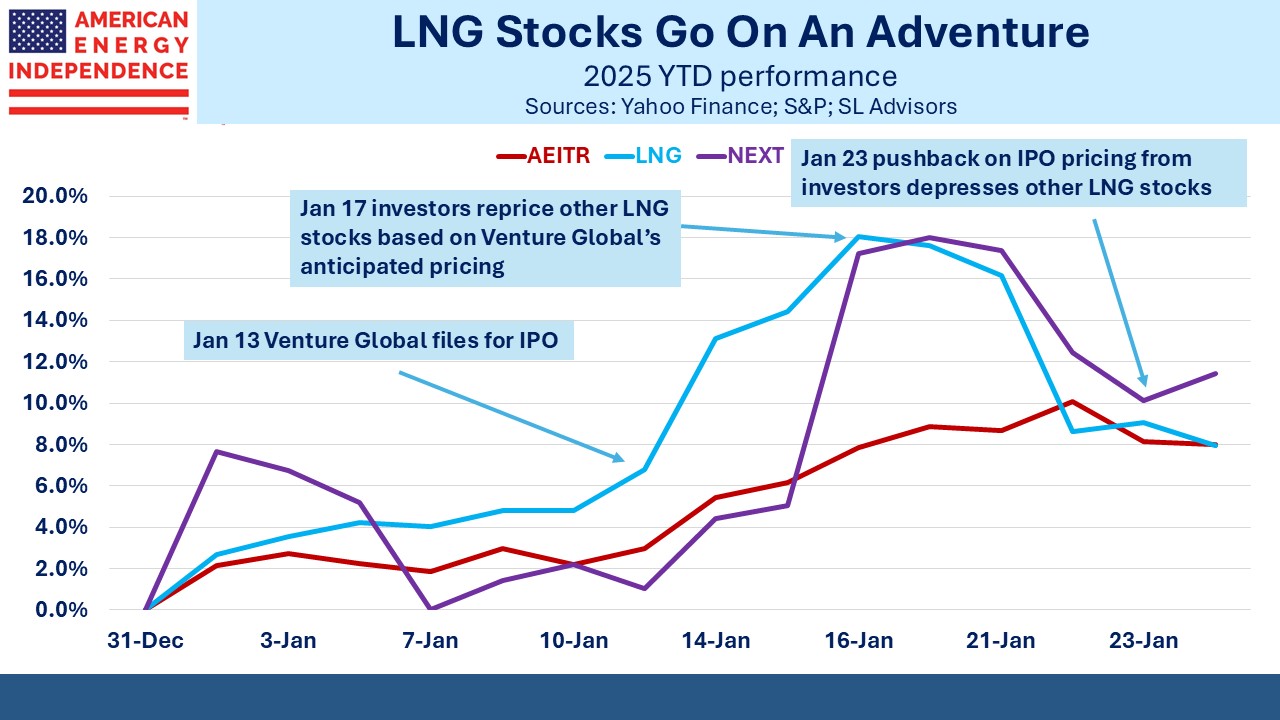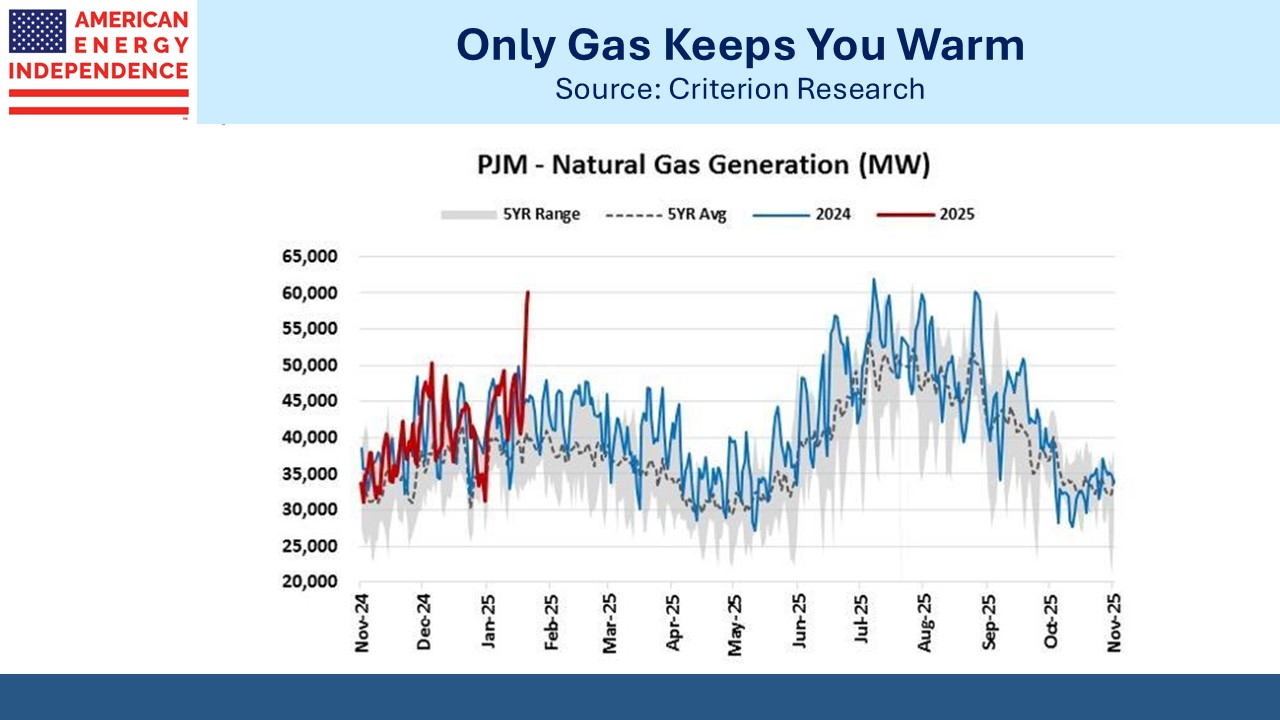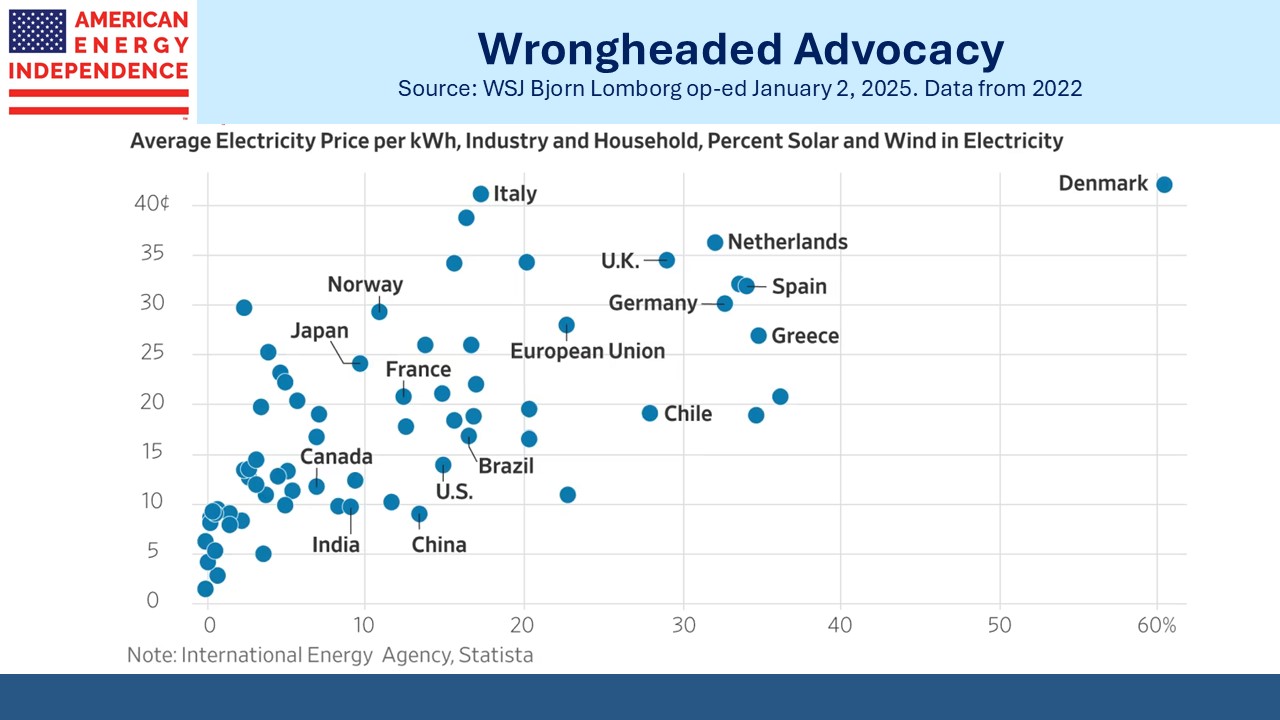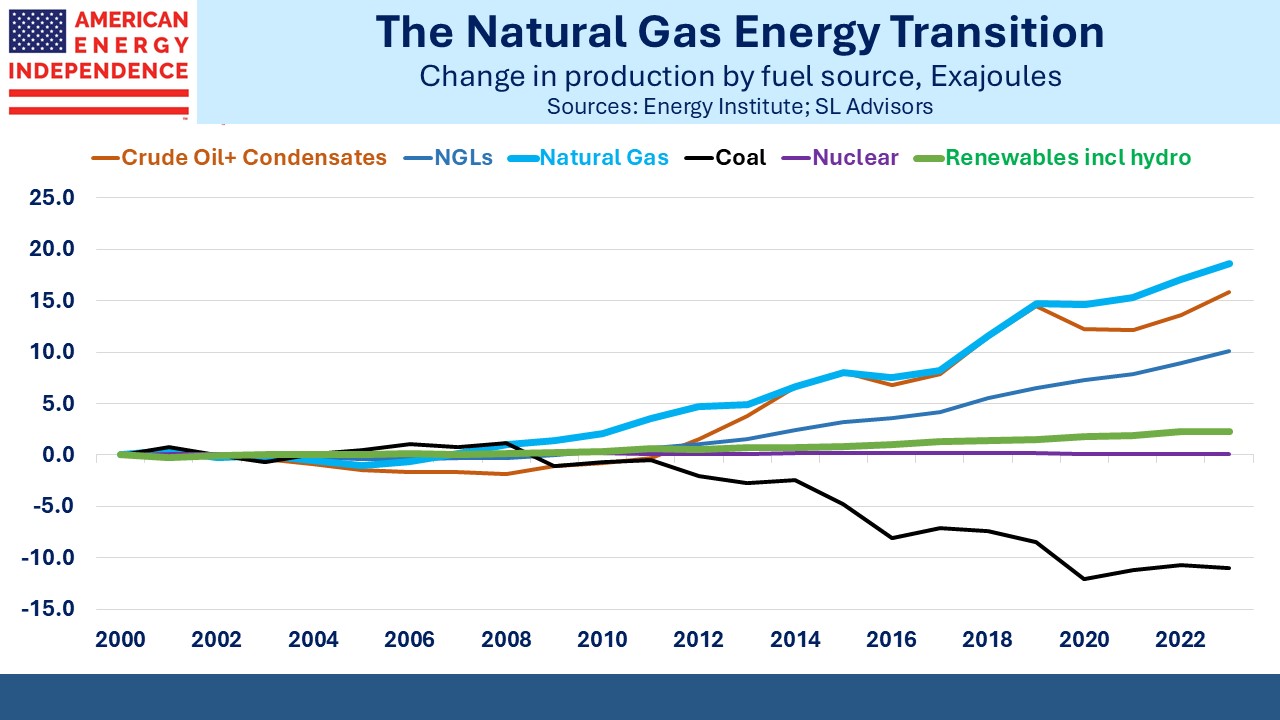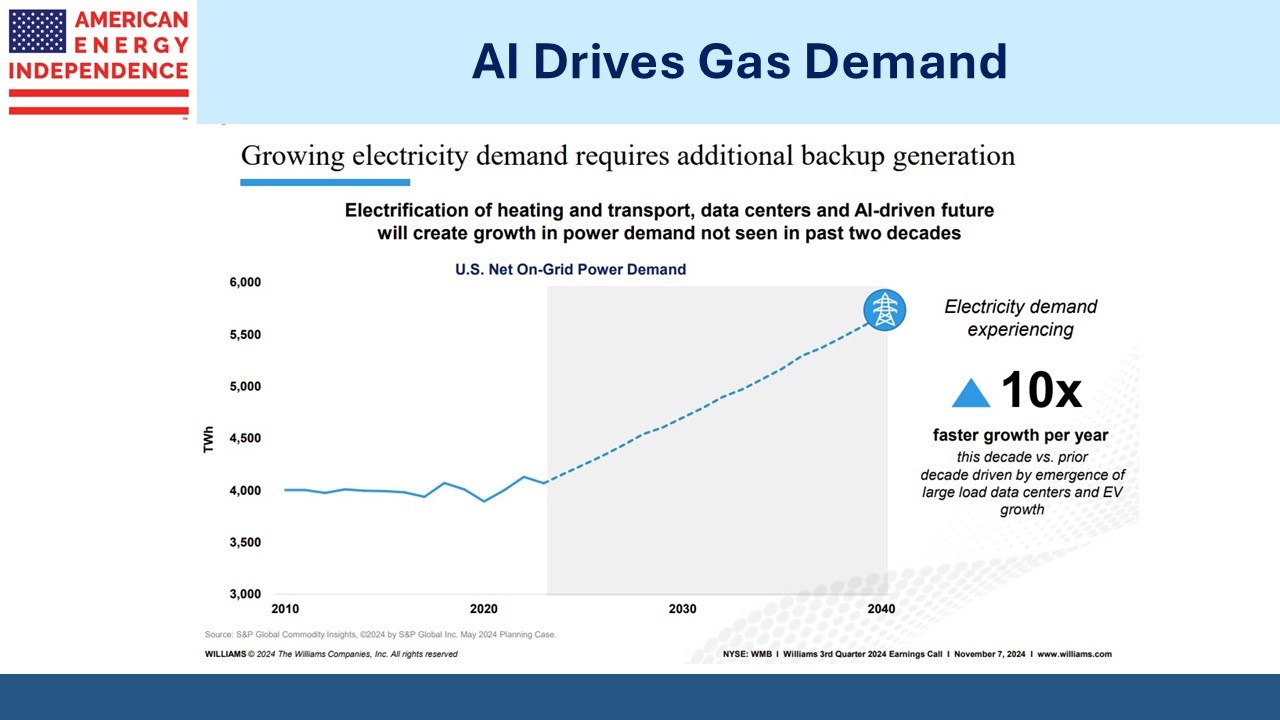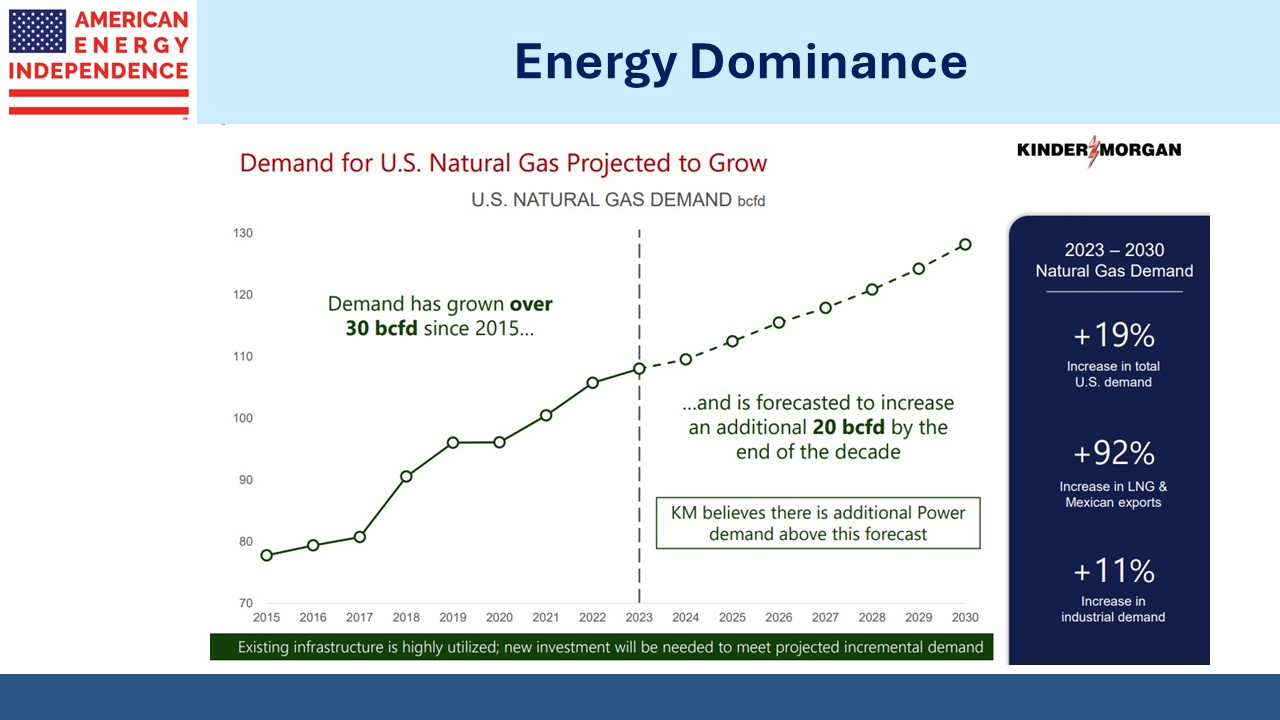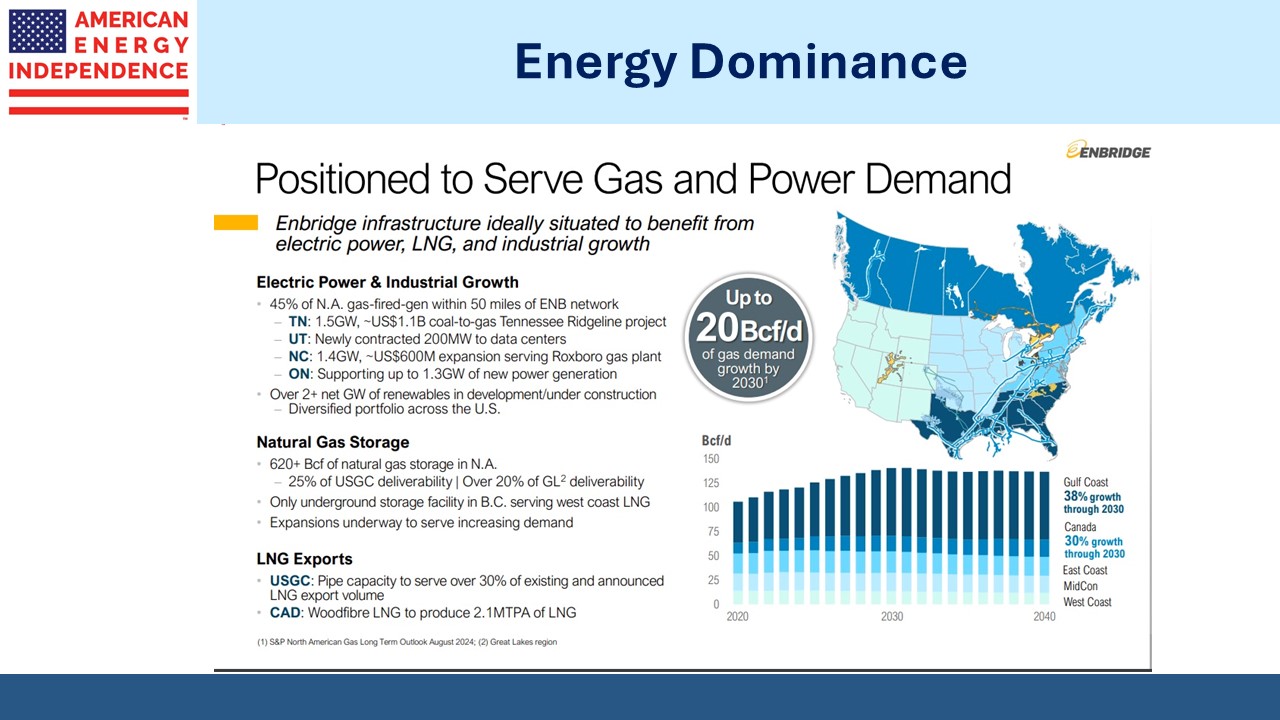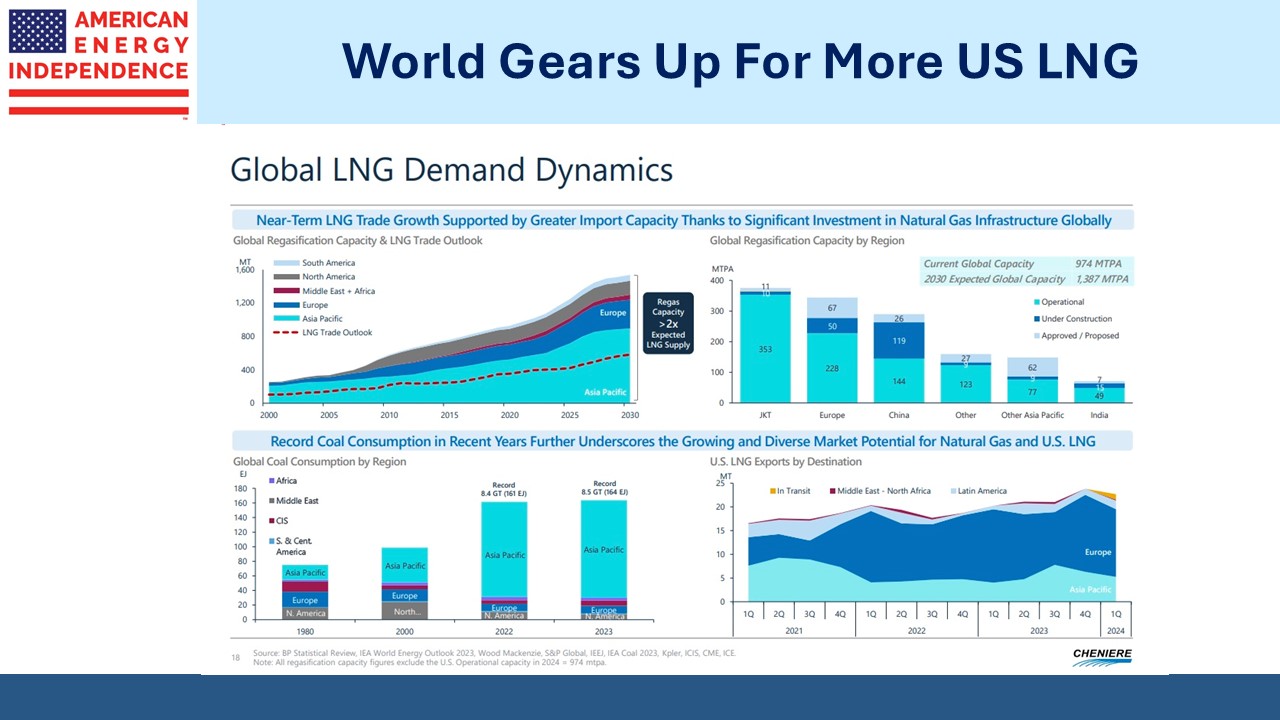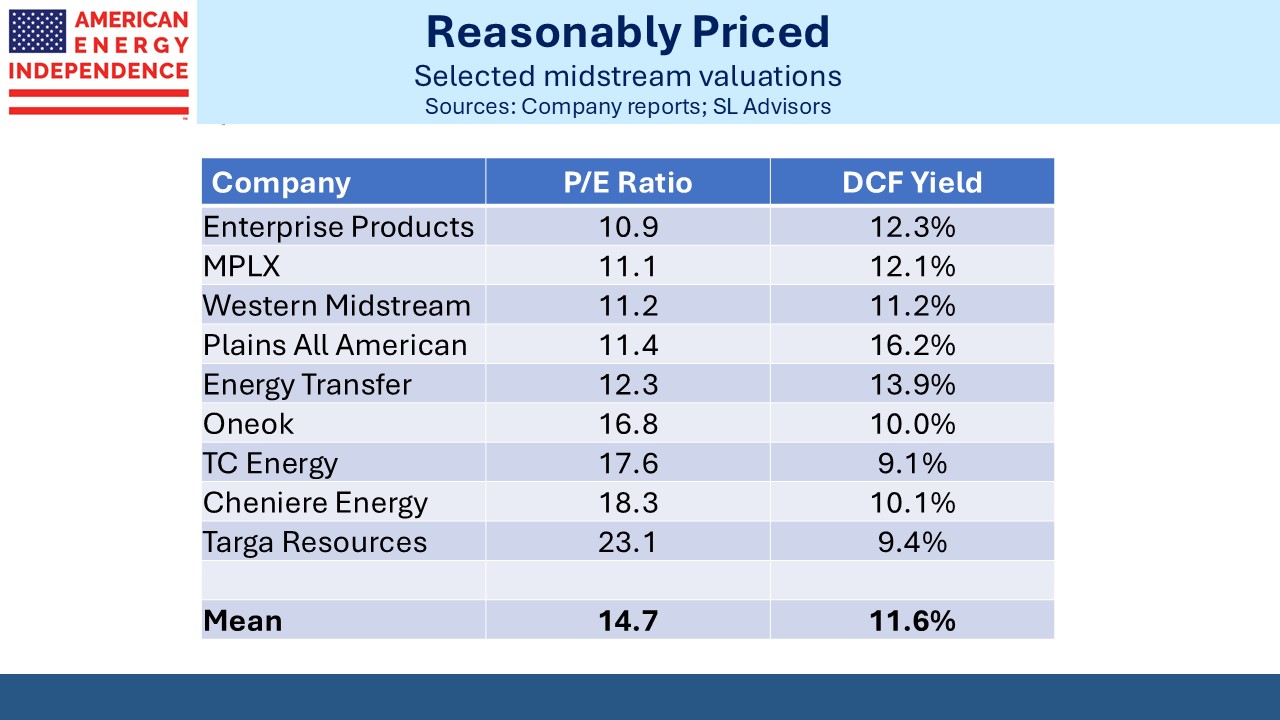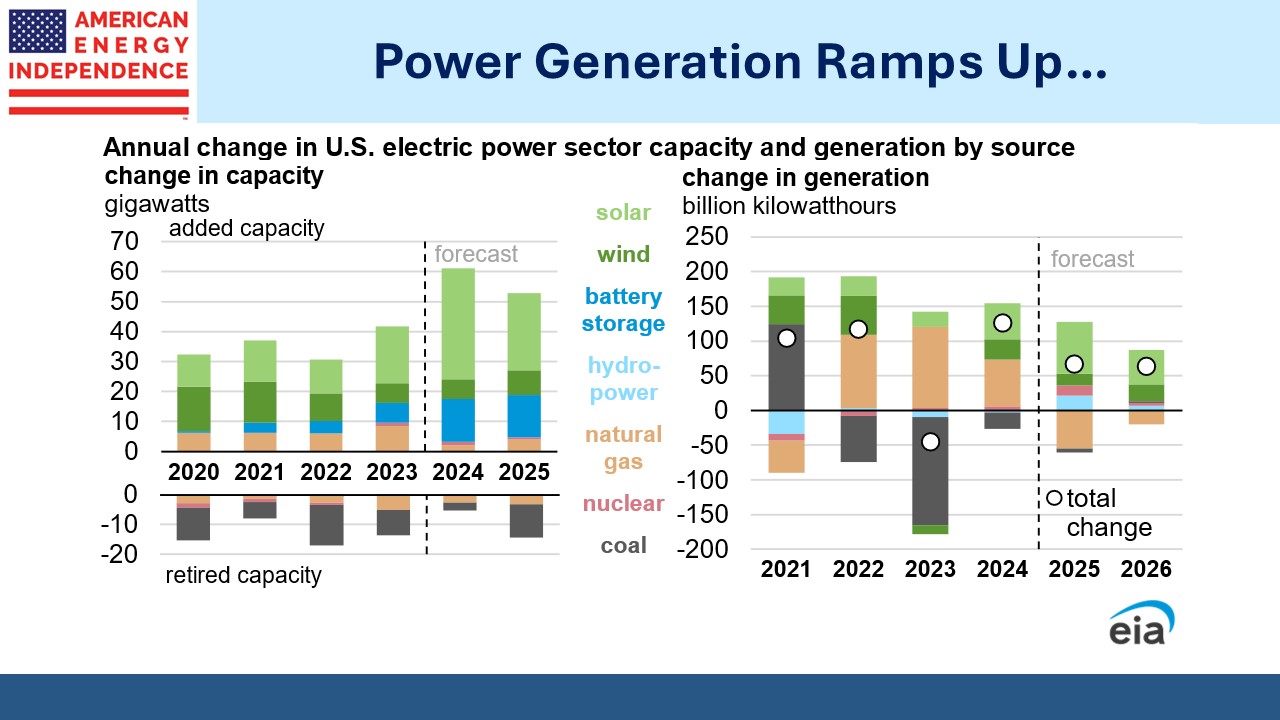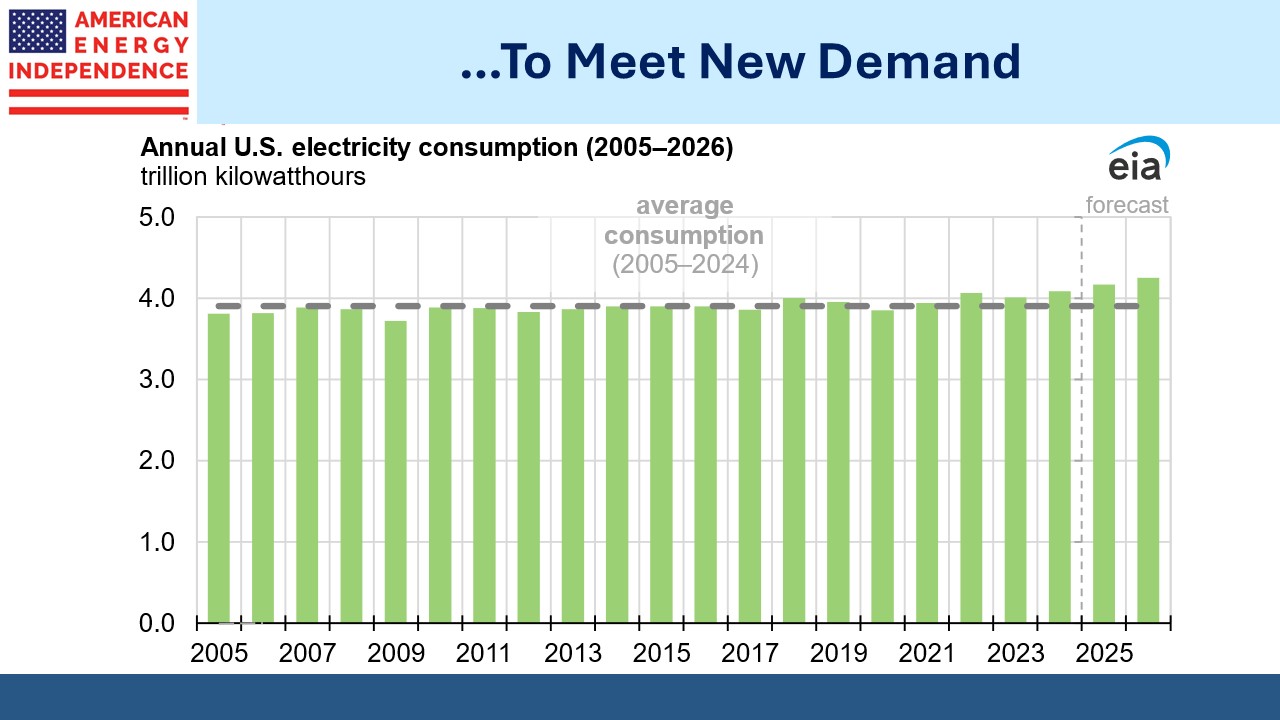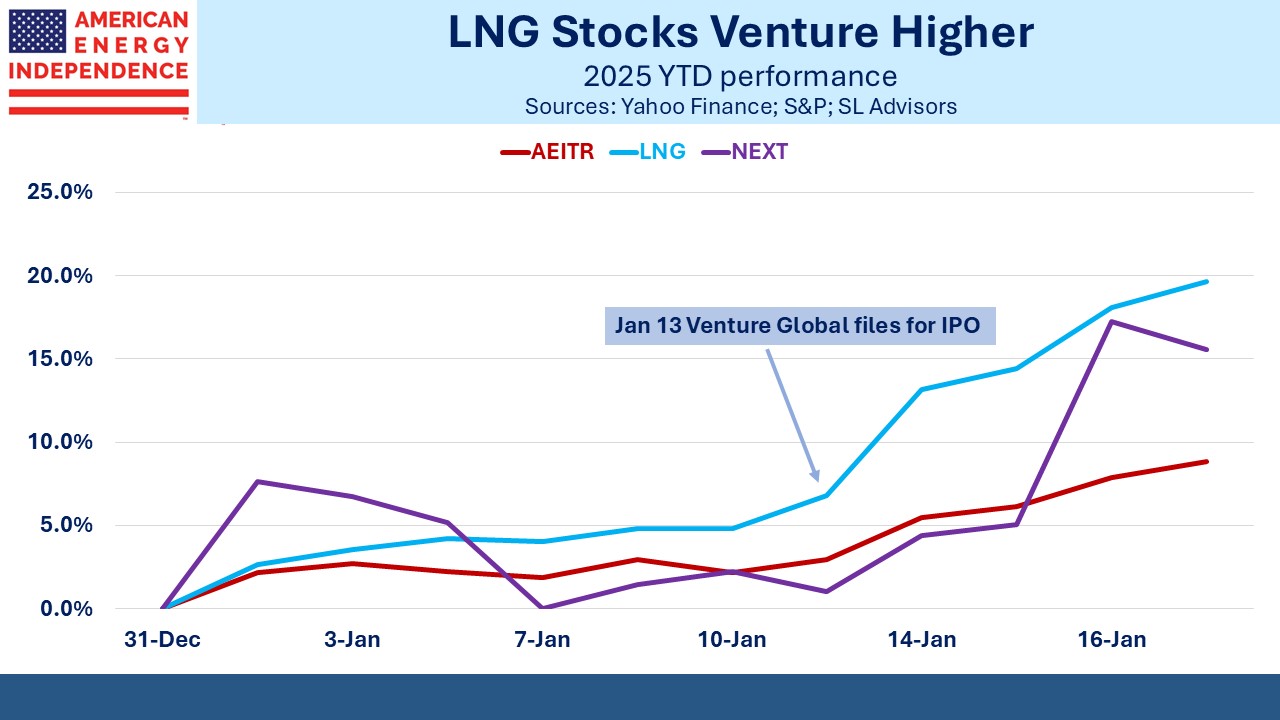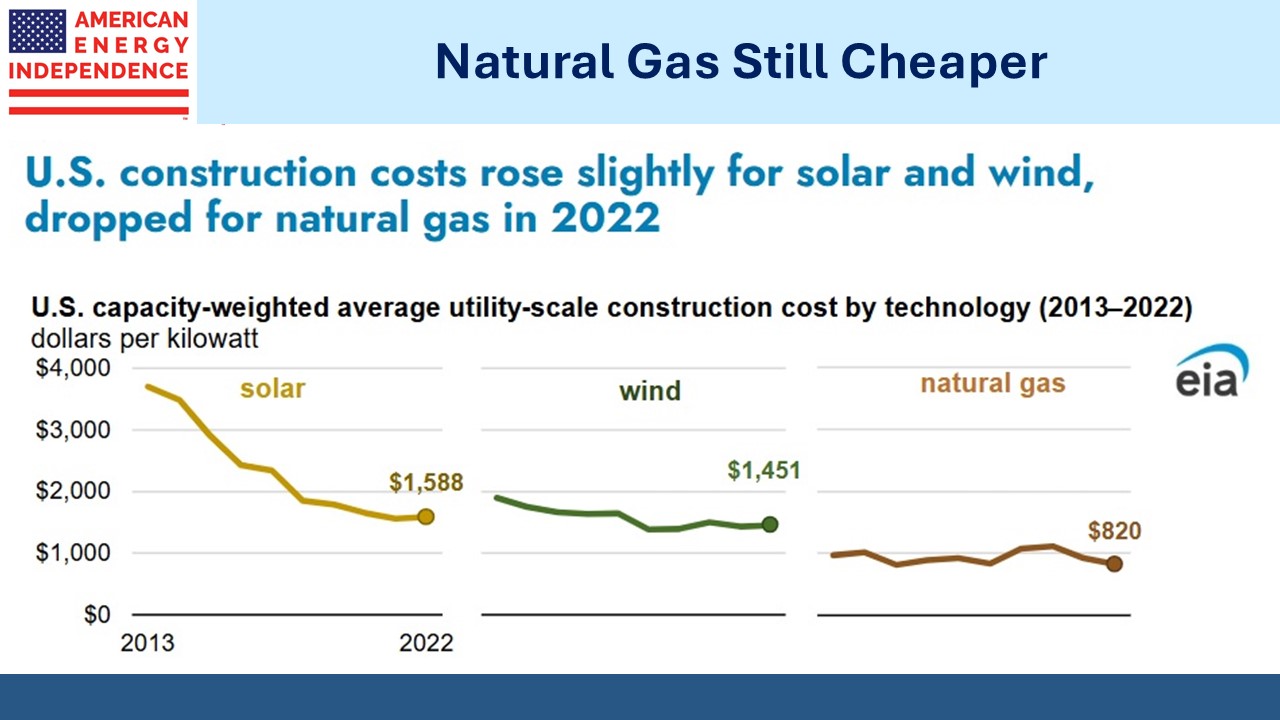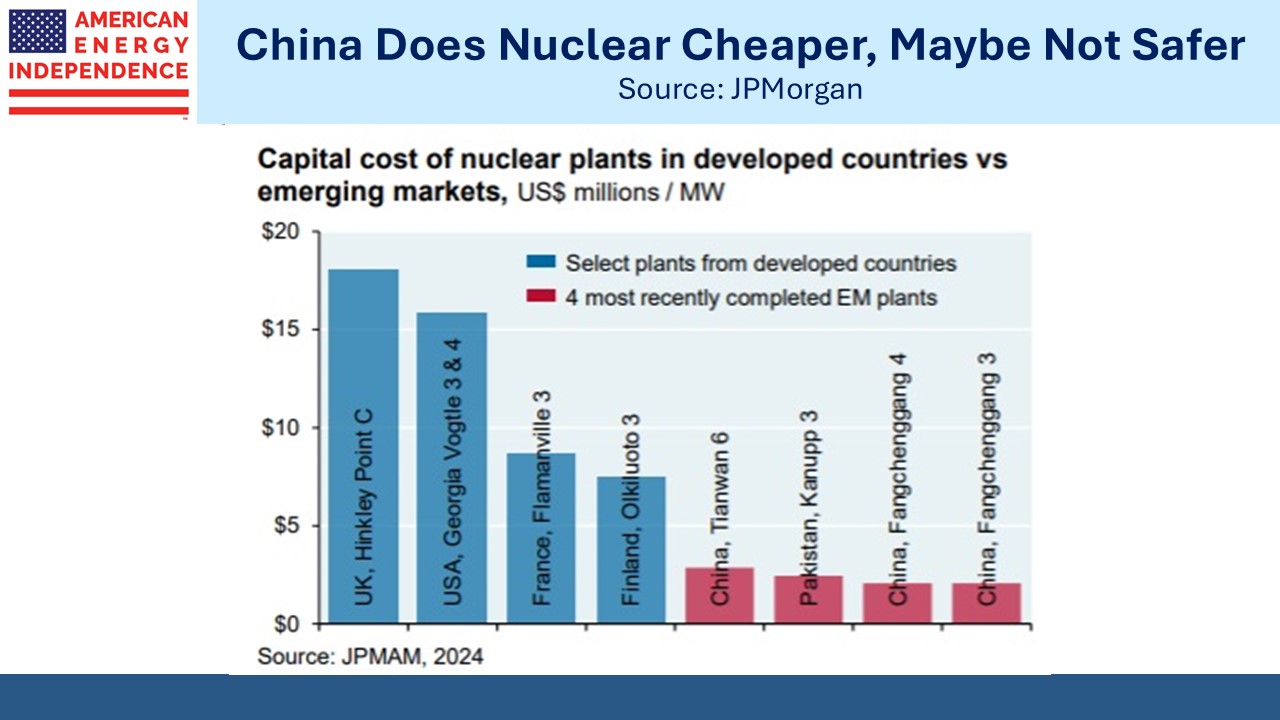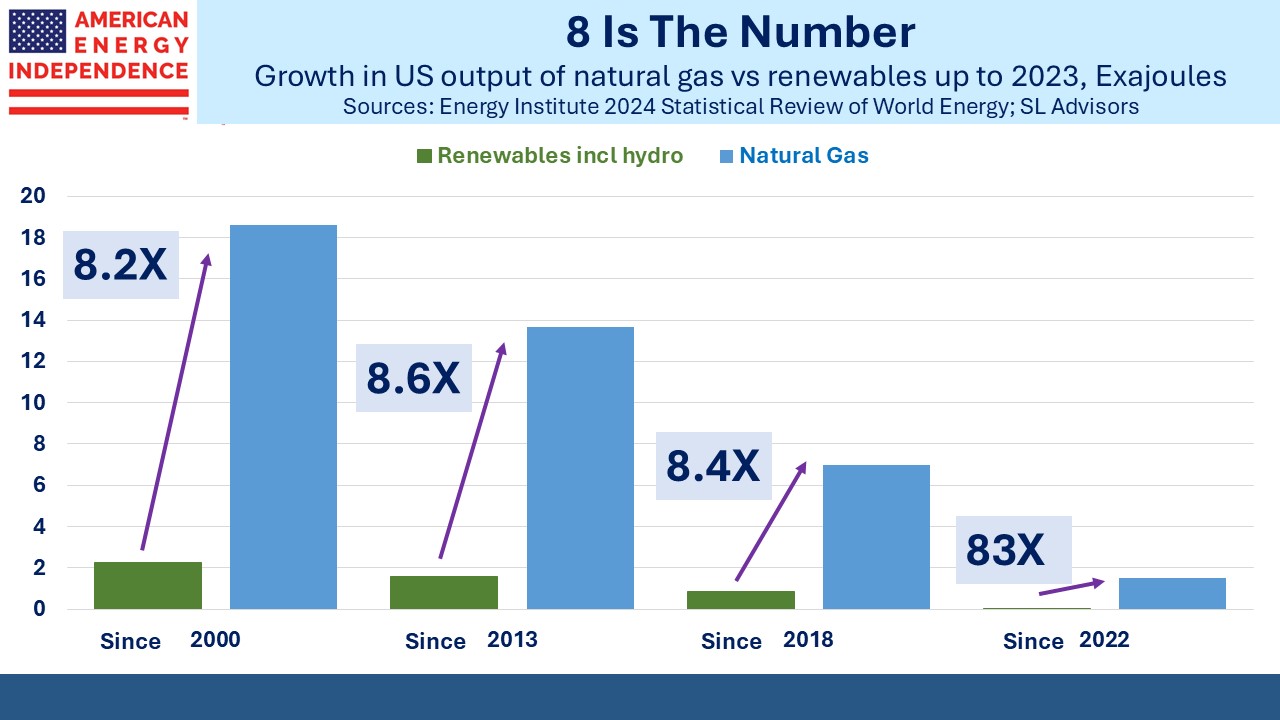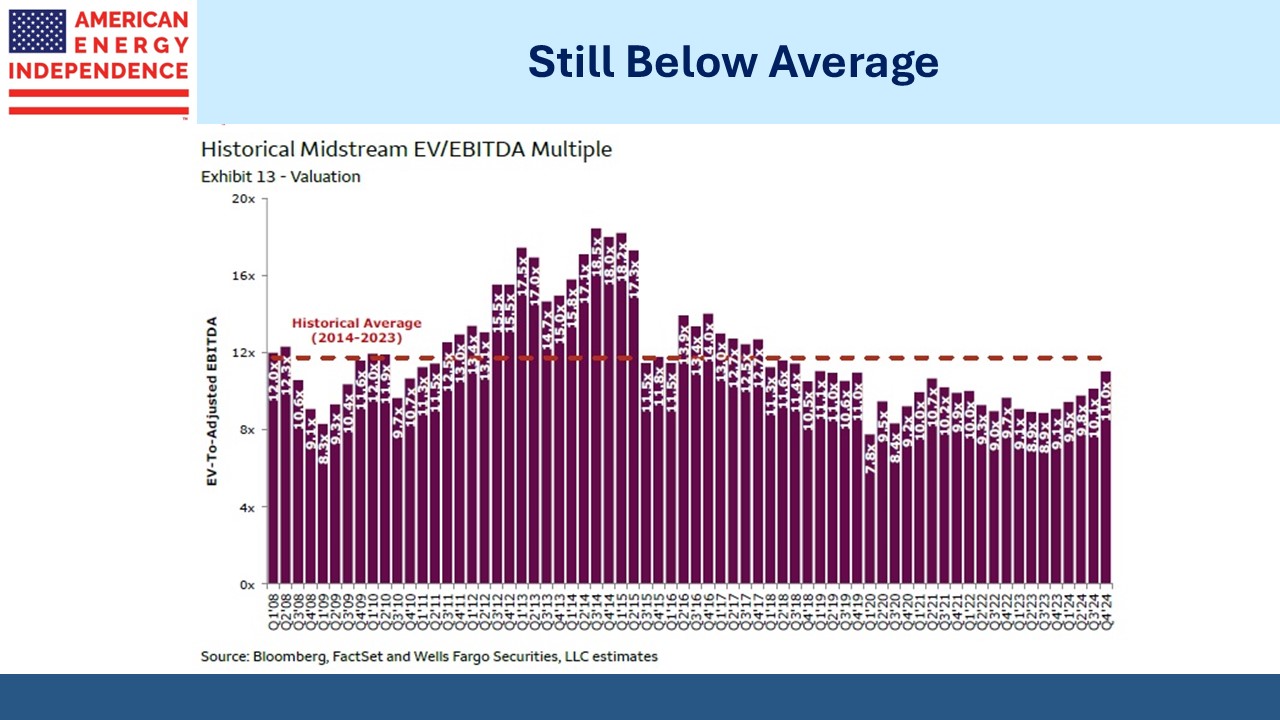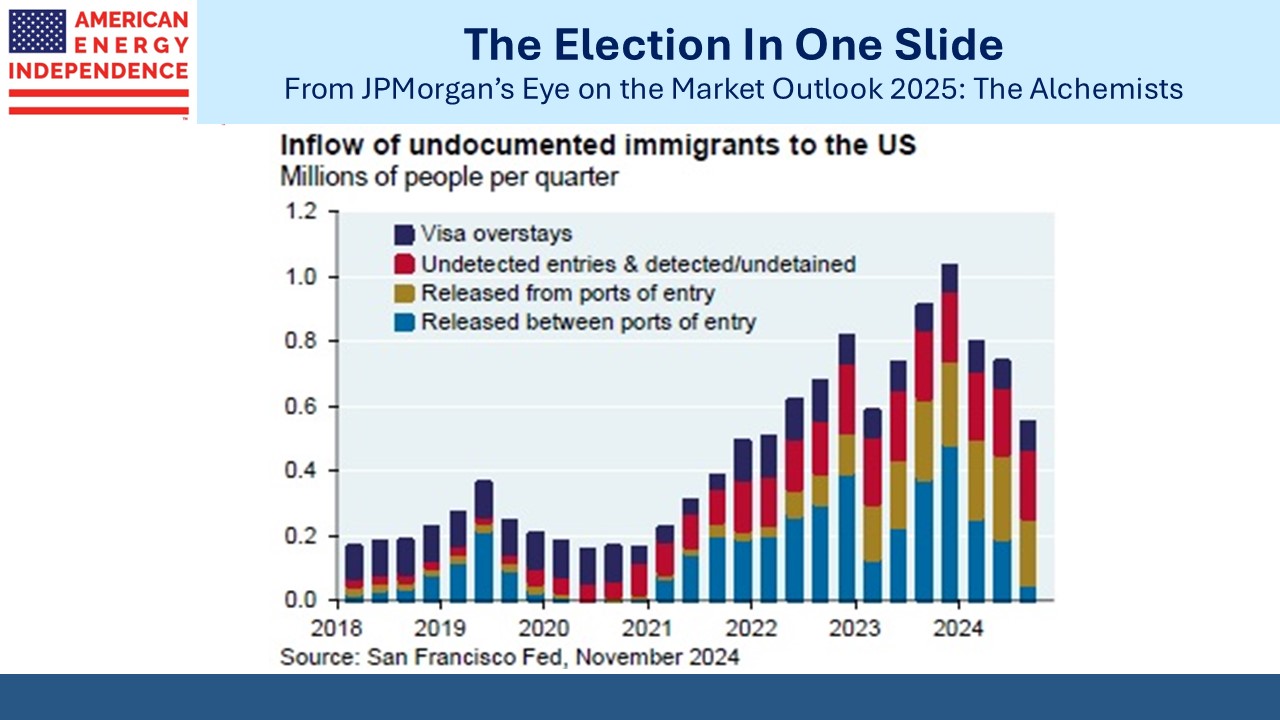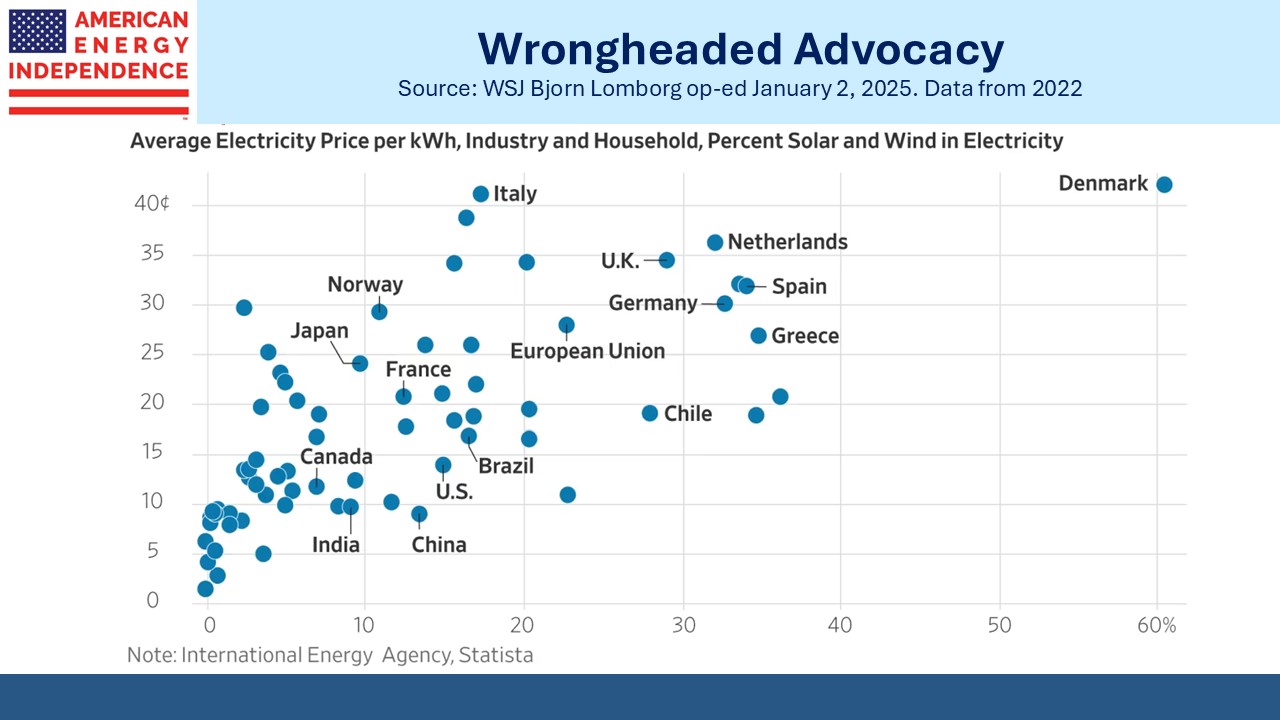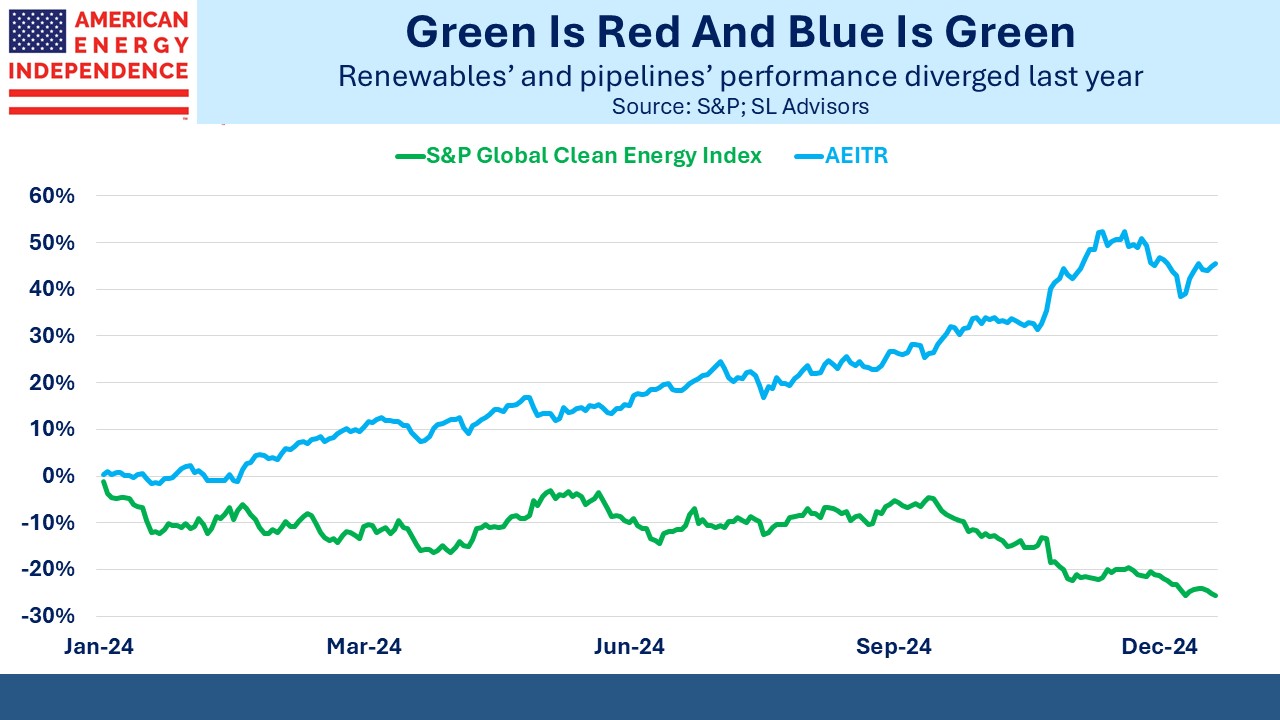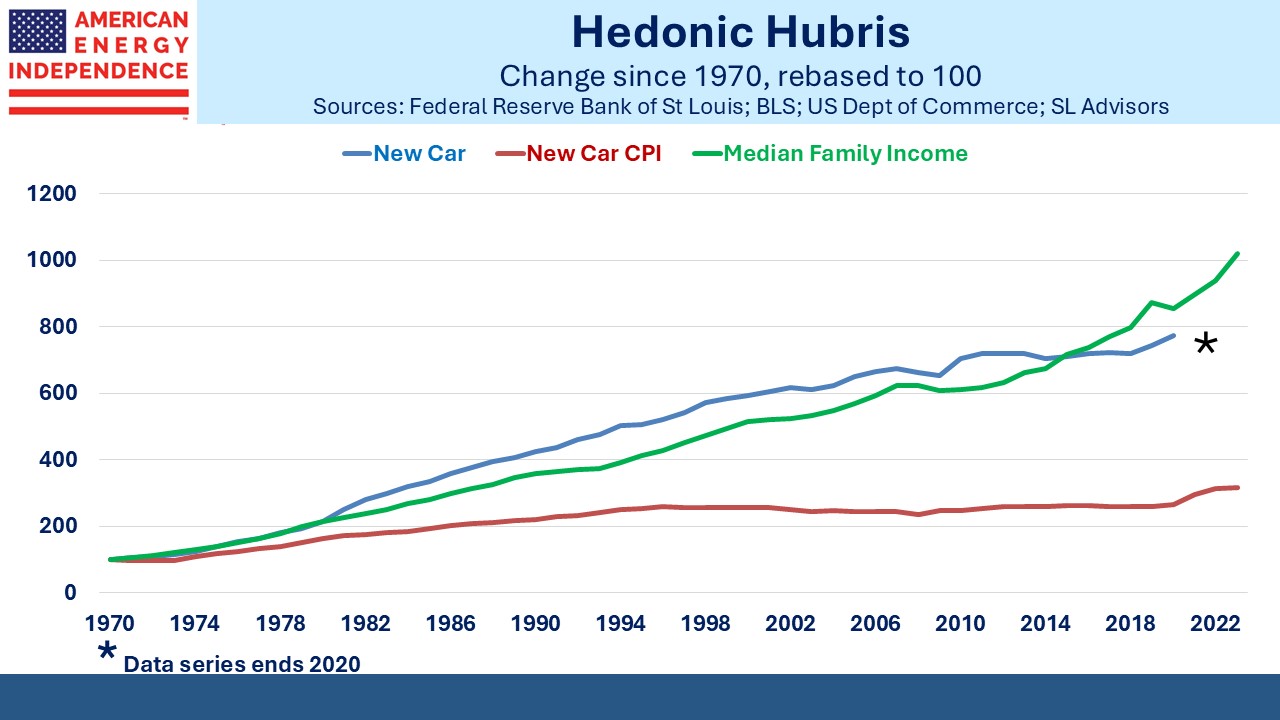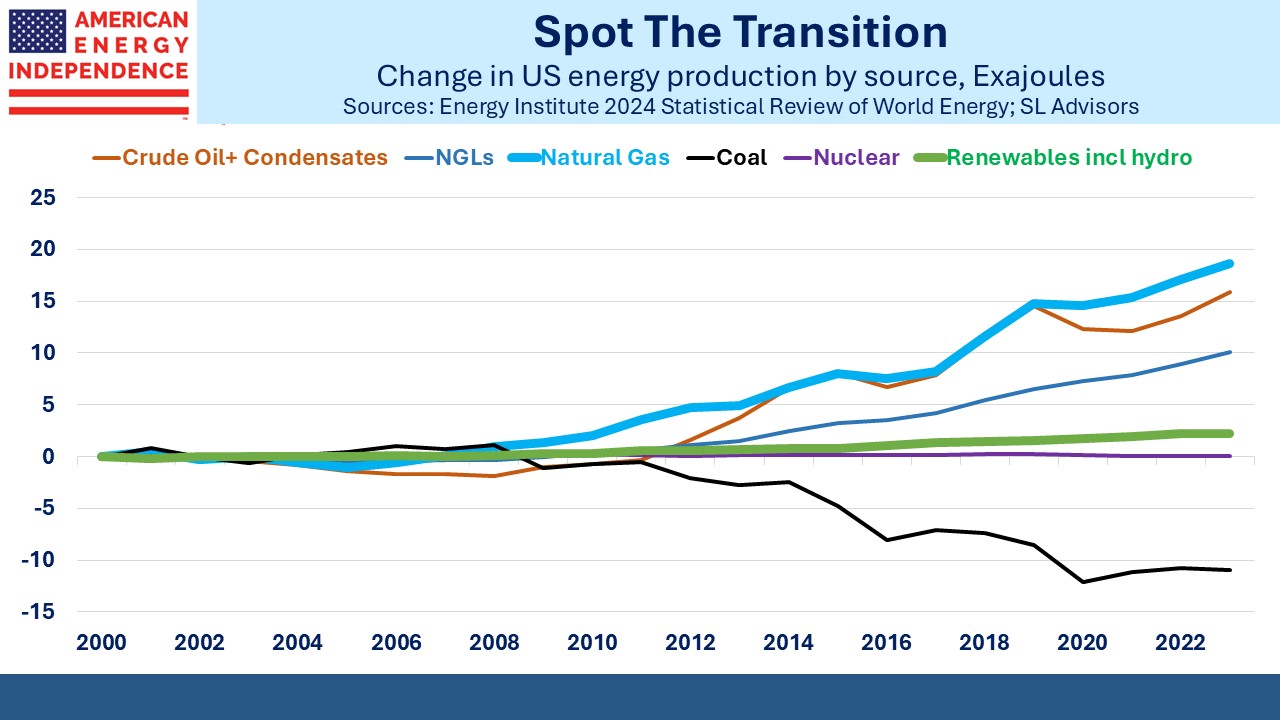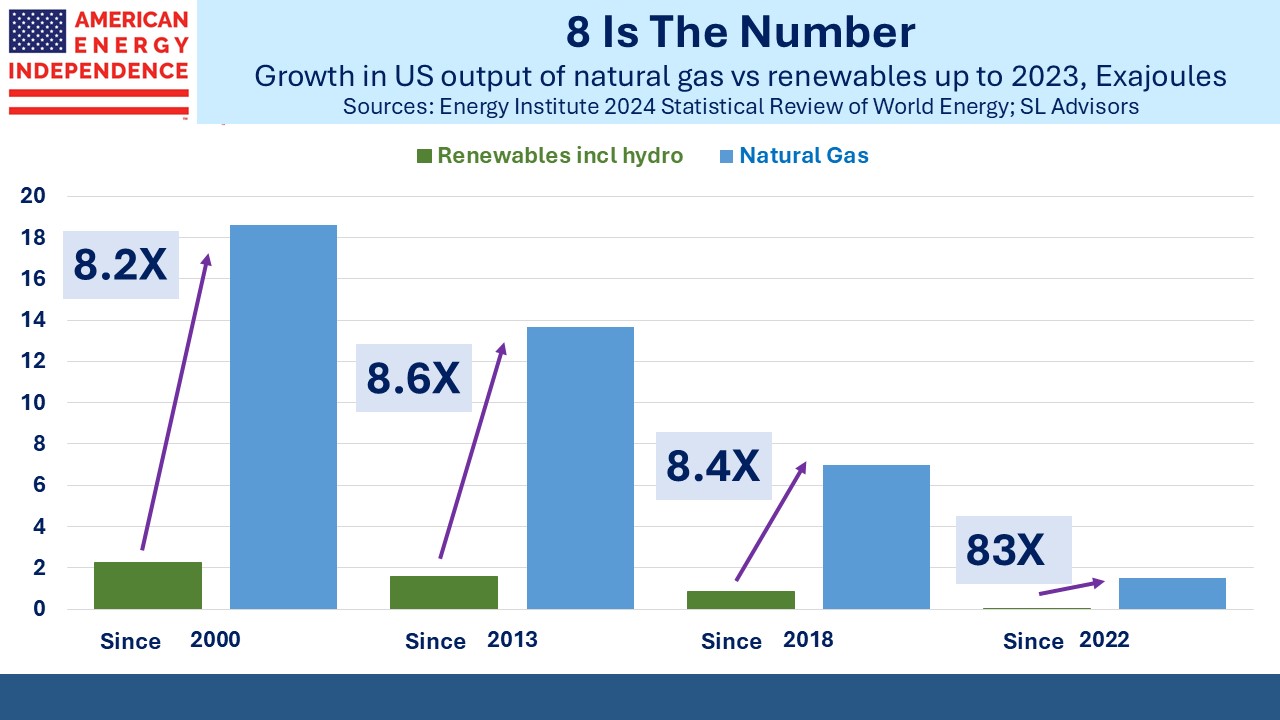Nothing Ventured, Nothing Gained
One source of recent volatility in midstream has come from a stock that wasn’t even listed – Venture Global (VG), the LNG exporter whose IPO priced on Thursday. The fundamentals could not be more positive. Trump has reversed the LNG export pause, wants US energy dominance and asked our trading partners to buy more American oil and gas. It’s hard to conceive of a better environment to launch an LNG IPO.
VG rather overplayed their hand though, originally seeking a valuation of over $100BN, double Cheniere’s (symbol: LNG) who handles half of all US LNG exports.
As investors contemplated VG’s proposed valuation, the effect was to highlight how cheap Cheniere is. Its stock duly rose, along with NextDecade (NEXT), a company we like that is building its first LNG export terminal.
Underwriters found quite a pushback from potential buyers on VG’s lofty pricing, and repeatedly lowered the target range. On Friday it priced at $25 – far below the mid 40s valuation underwriters had been suggesting a week earlier. Gains in other LNG stocks quickly evaporated. LNG and NEXT have gyrated without any actual trading in VG.
We still think the IPO price for VG is high – or more accurately, we think it highlights how cheap Cheniere is, at around 11X EBITDA vs 14X for VG. IPO buyers should still prefer these two stocks in our opinion.
VG also has a mixed reputation with its customers. While they have the same type of long-term sale-purchase agreements common to the industry, the spike in global natural gas prices following Russia’s invasion of Ukraine enabled them to delay commissioning of their Calcasieu Pass terminal. Although the facility was exporting LNG, VG said it wasn’t yet fully operational, and they were therefore not bound to supply gas under the long term contracts. Instead they sold supplies on the spot market, reaping $BNs of additional profit.
Shell, BP, Galp and Repsol initiated arbitration proceedings claiming that this gas should have been supplied to them. The plaintiffs claim VG improperly gained $3.5BN. This dispute is a risk factor in VG’s S1 filing with the SEC.
It seems that Shell and the other buyers are guilty of not negotiating a tight enough contract. VG offered attractive liquefaction pricing, and perhaps the buyers accepted more delivery risk as a result. VG also took an aggressive interpretation of their obligations, evidently surprising their customers. It looks like VG’s CEO Michael Sabel is cut from the same cloth as Energy Transfer’s chairman and former CEO Kelcy Warren. It’s great to be in business with him as long as you’re sure your interests are aligned (see from 2018: Energy Transfer: Cutting Your Payout, Not Mine).
Last week in Naples, FL was miserably cold, a condition that drew little sympathy from family and friends enduring single digit morning temperatures in the northeast. The freezing weather once again showed the importance of reliable, dispatchable energy. The PJM grid, which extends from NJ to Illinois and Tennessee used record amounts of natural gas to generate the electricity customers needed to stay warm.
The claims of climate extremists that solar and wind are cheaper than traditional energy have been thoroughly discredited. Opportunistic power that’s only available when the weather co-operates requires natural gas back-up. This surplus capacity raises costs, as the chart from Bjorn Lomborg illustrates.
It’s fortunate that in the US progressives haven’t done any lasting damage with their policies, other than in a few liberal states such as California, Massachusetts and New York. Our friends on the Jersey shore are certainly happy that plans for offshore windpower appear to have stalled.
Some solar and wind can work as long as a grid doesn’t become too reliant on them. At low levels they can drift in and out of the supply mix. Dependence is costly.
It’s one of the reasons the FT wrote Davos hits ‘peak pessimism’ on Europe as US exuberance rises. Former climate czar John Kerry made time to fly there in his private jet to talk about climate change. The European energy policies that he no doubt admires prompted Christine Lagarde, president of the European Central Bank, to say it was “not pessimistic” to say that Europe was facing an “existential crisis”.
Lastly, the FT wrote something we’ve long noted – US stocks at most expensive relative to bonds since dotcom era. Valuation isn’t a good timing tool, and stocks have been relatively expensive for at least a year. But it’s worth noting, because midstream energy looks like the exception to us (see Pipelines Are Cheap; Stocks Are Not).
Last week’s post, The Energy Story’s Trifecta, makes the case and has generated a lot of positive feedback.
We have two have funds that seek to profit from this environment:
